Physical Therapy for Knee Pain – Does it Really Help?
There are several causes of knee pain, including overuse, trauma, or surgery. Some types of knee pain can be healed with the use of ice packs and some rest. For more serious conditions, you may need some physical therapy for knee pain to ensure proper recovery.
At Fairview Rehab and Nursing Home in Queens NY, we offer inpatient and outpatient rehab therapies. These include both physical and occupational therapies for joint pain, hip and knee replacement, arthritis pain, and various other conditions. The following information can help you decide whether physical therapy is right for you, though it’s for educational purposes only.
What Kind of Physical Therapy Is Used For Knee Pain?
There are a few different types of physical therapy for knee pain. Your therapist will determine which is best for you, depending on the reason for your pain. You may be assigned some exercises to improve your mobility. These can include range-of-motion exercises and stretching techniques.
There may also be some manual therapy included with your treatment. This type of physical therapy for knee pain involves hands-on treatment to gently work the joint. Manual therapy can restore and improve the motion to get you back on your feet.
Depending on the knee issue, you may be dealing with some muscle weakness as well. Physical therapy can help increase your muscle strength to regain your mobility. These programs are all designed based on your specific knee issues, as well as your age and physical condition.
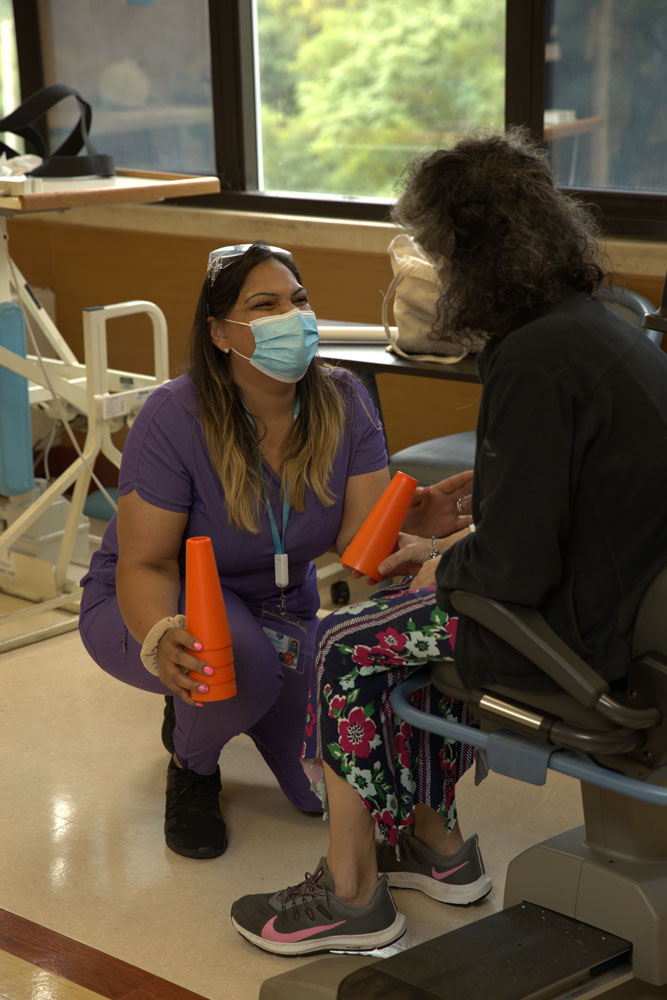
Can physical therapy make knee pain worse?
There may be some discomfort when doing the exercises assigned by your physical therapist. This is normal since you’re working an already sore area, though you should not be feeling any pain. If you’re experiencing pain, this could mean that you’re straining yourself more than your knee can handle.
You may also be performing the exercises improperly, which could result in more pain. If this is the case, you could be doing further damage to your knee. Be sure to speak to your physical therapist about any pain you’re feeling during your inpatient or outpatient therapy sessions.
Aside from the above issues, physical therapy should not make your knee pain worse. You may feel stiff or sore after a session, especially in the beginning, but this is normal. Your physical therapist can offer some relief options if needed.
Should I rest after physical therapy?
Yes, you should rest after a physical therapy session for knee pain. As we mentioned above, there could be some stiffness or soreness after working the joint and muscles. The best option is to leave a block of time open after your inpatient or outpatient sessions. This gives you the time needed to relax and let your knee rest after even an easy workout.
As well as resting your knee, you may be allowed to ice or heat the area. You can also try some massage techniques to help relieve stiffness or pain. Of course, it’s best to discuss which options are best with your physical therapist. They will be able to determine how to relax the area based on the cause and recovery required for your knee pain.
This article contains informational and educational materials and does not replace health or medical advice. For questions or concerns regarding your medical condition or health objectives, speak to a qualified physician or healthcare provider.

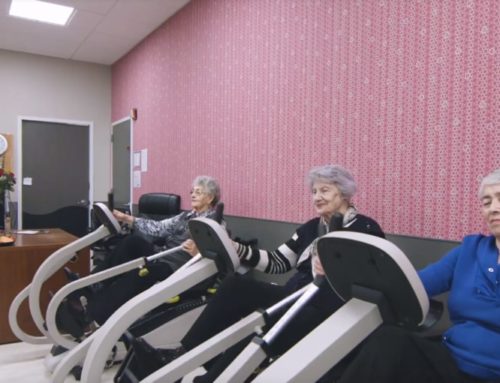
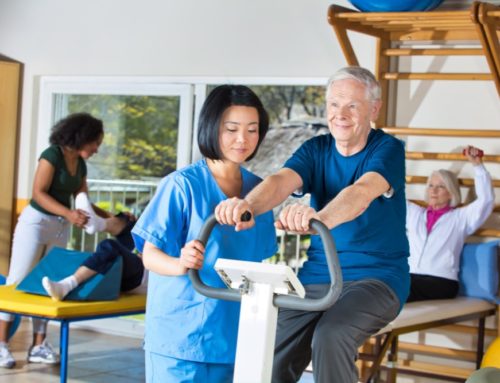
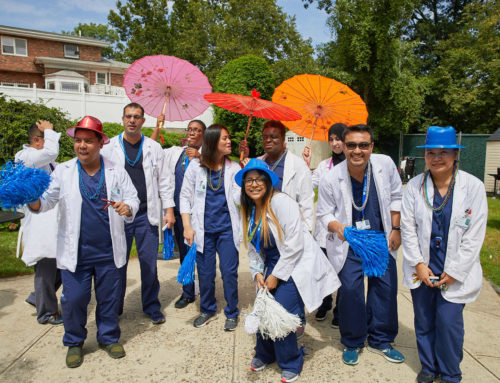

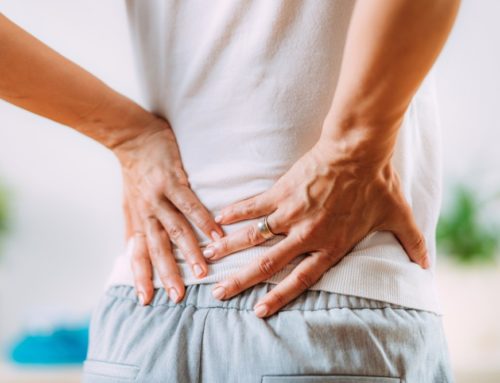
Leave A Comment